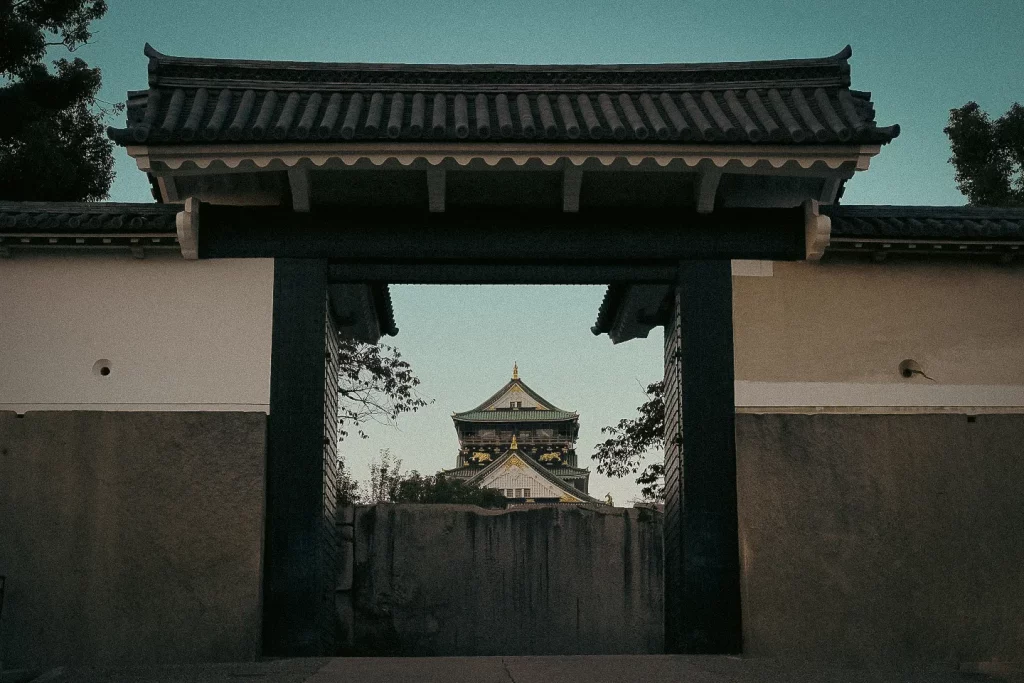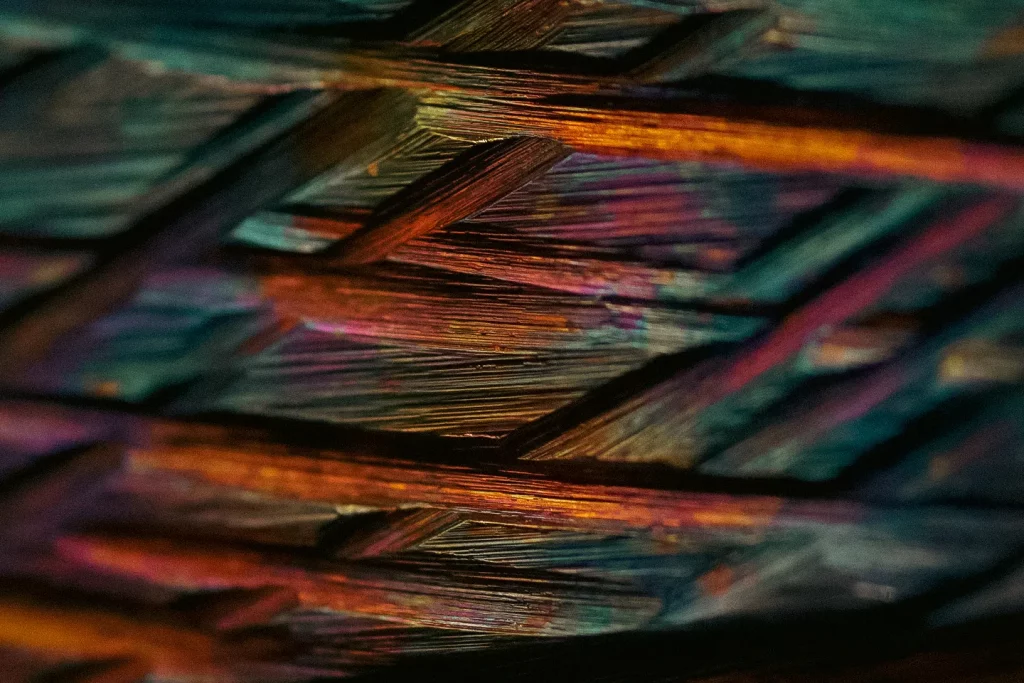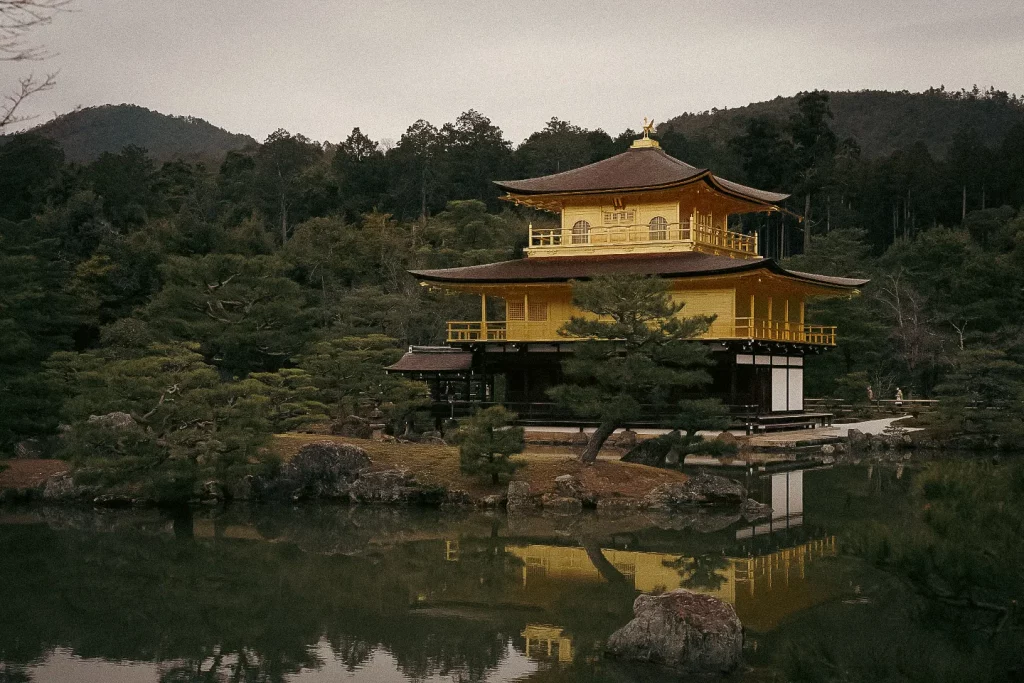Shibusa
渋い


Another interesting philosophy of aesthetics is Shibui or Shibusa.
Similar to Wabi-Sabi, Shibui is a theory of aesthetics, which, however, can not only be applied to objects, but also to human attributes, creative works such as music or sporting achievements.
There are seven elements of Shibui: simplicity, implicity, modesty, naturalness, ordinariness, imperfection and silence.
There is definitely an overlap with Wabi-Sabi here, but items made according to the Shibui philosophy tend to be more reserved.
Shibui items are obviously simple and subtle, but they often include fine details such as feel or texture on the surface.
This balance between simplicity and complexity ensures that you don’t get tired of Shibui objects but they look constantly interesting and often (analogous to Wabi-Sabi) gain beauty and you can enjoy them for an endlessly long time.


Finally, it should be mentioned that Japanese aesthetics also have strong influences outside of its origin and as well on the western world.
Walter Gropius, for example, was a strong admirer and was very impressed by Japanese aesthetics (and architecture) that certainly had an influence on the “Bauhaus” art school he founded.
